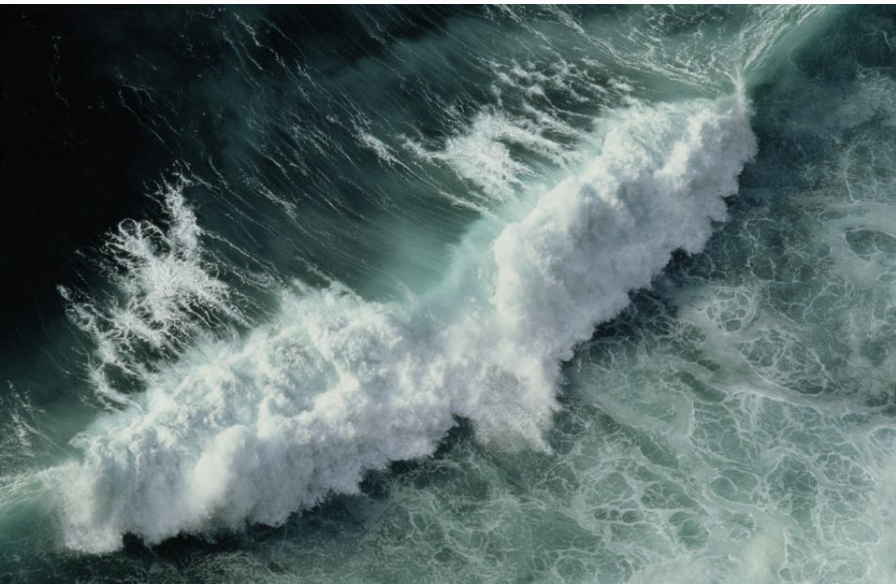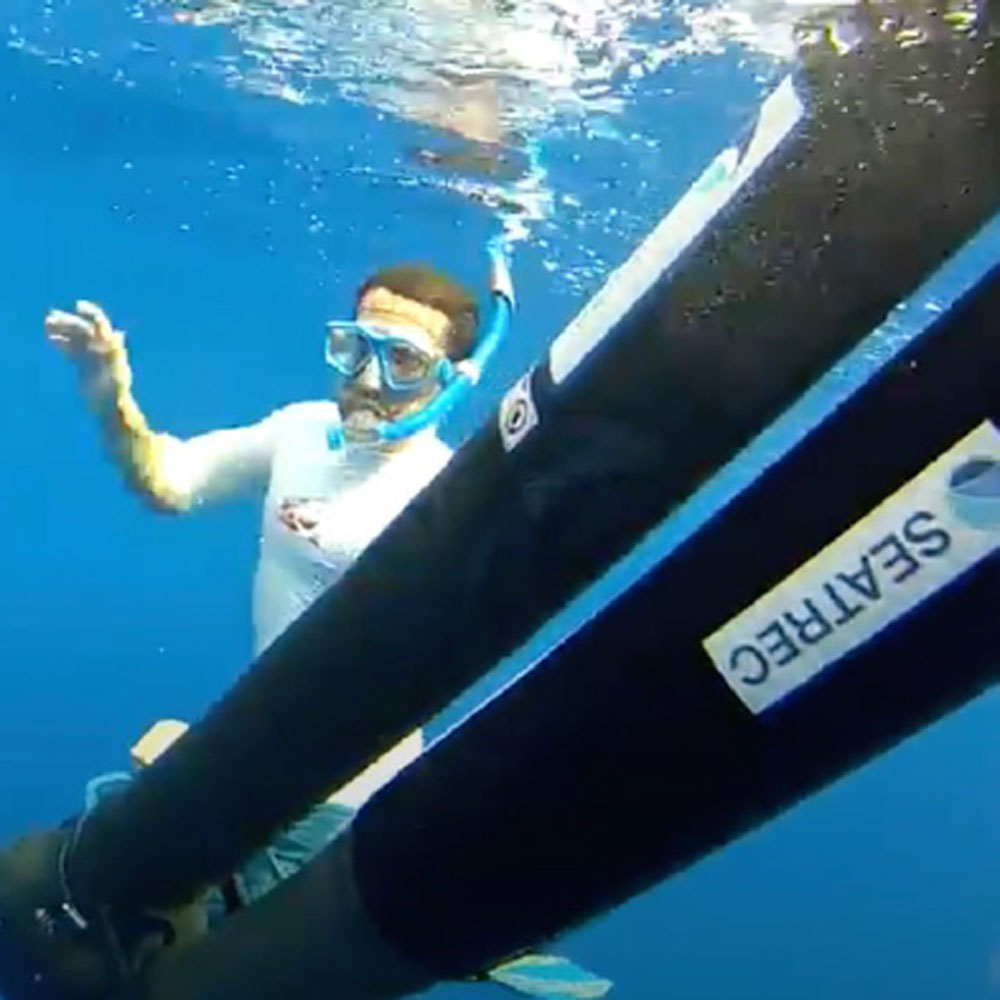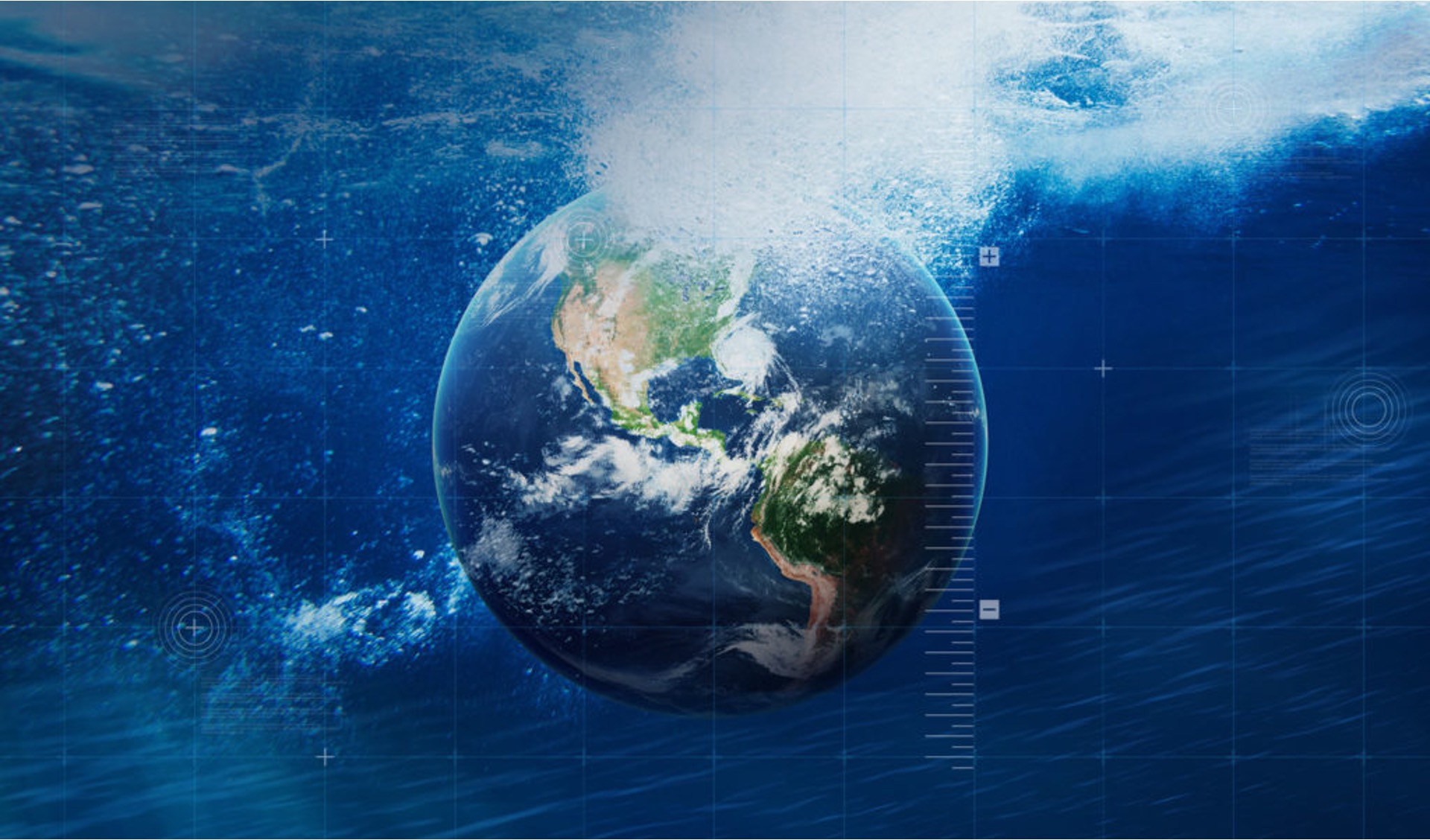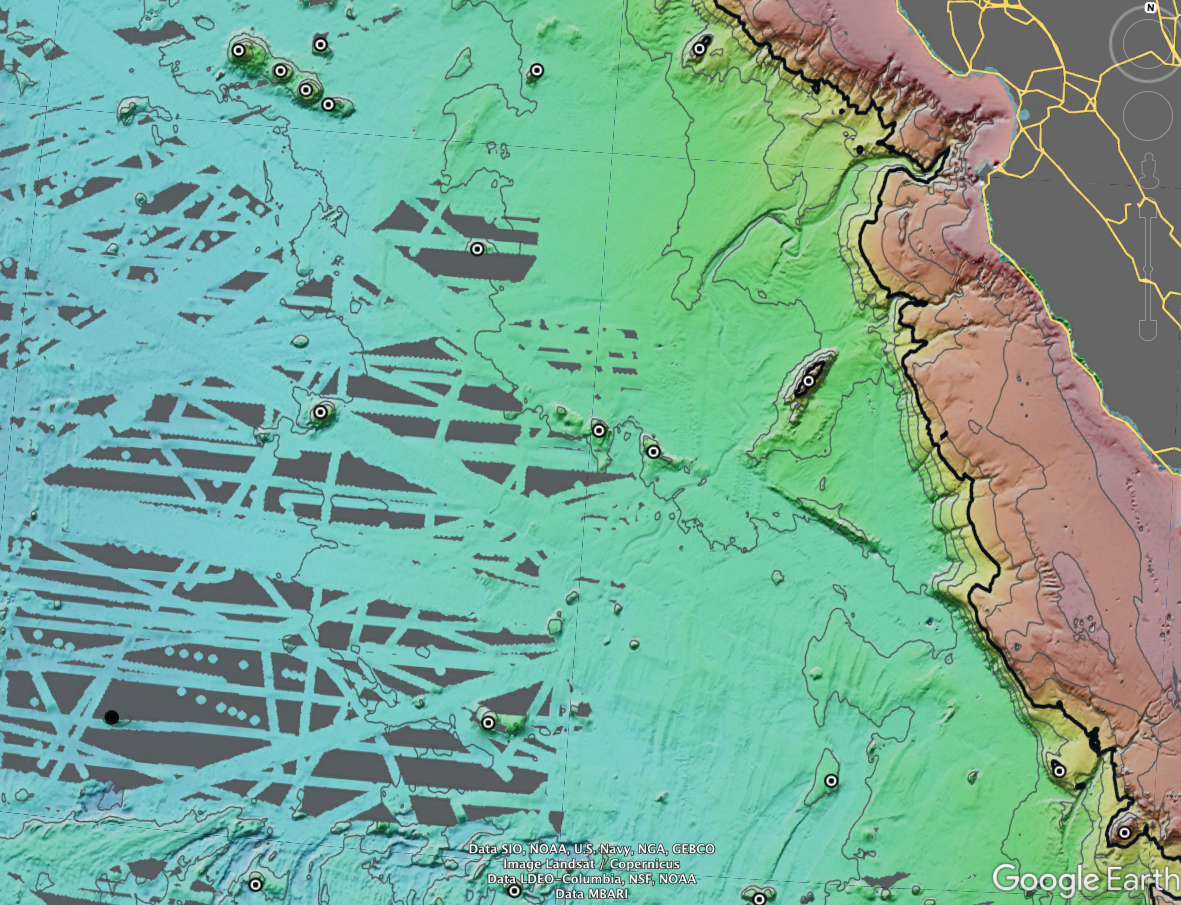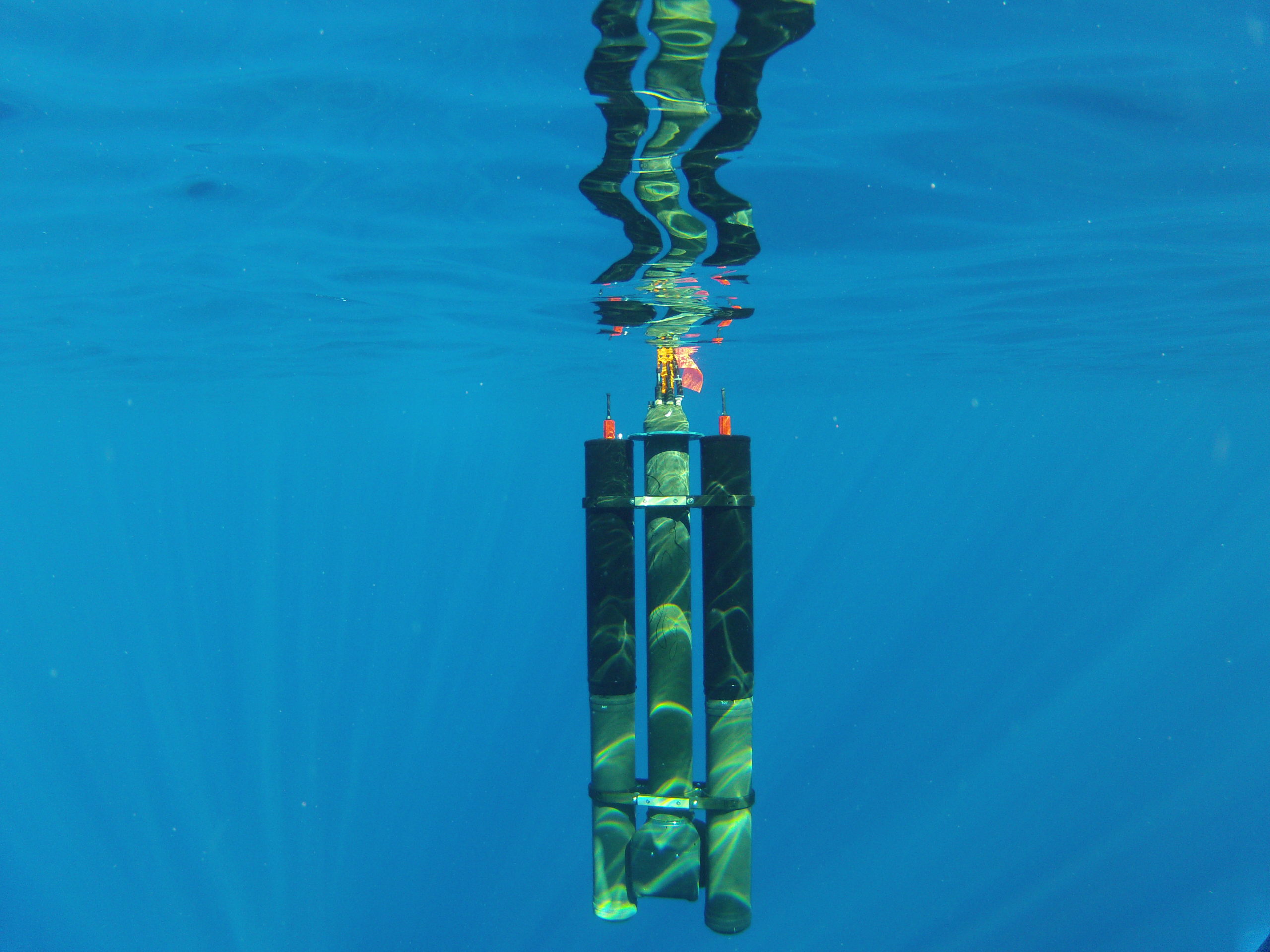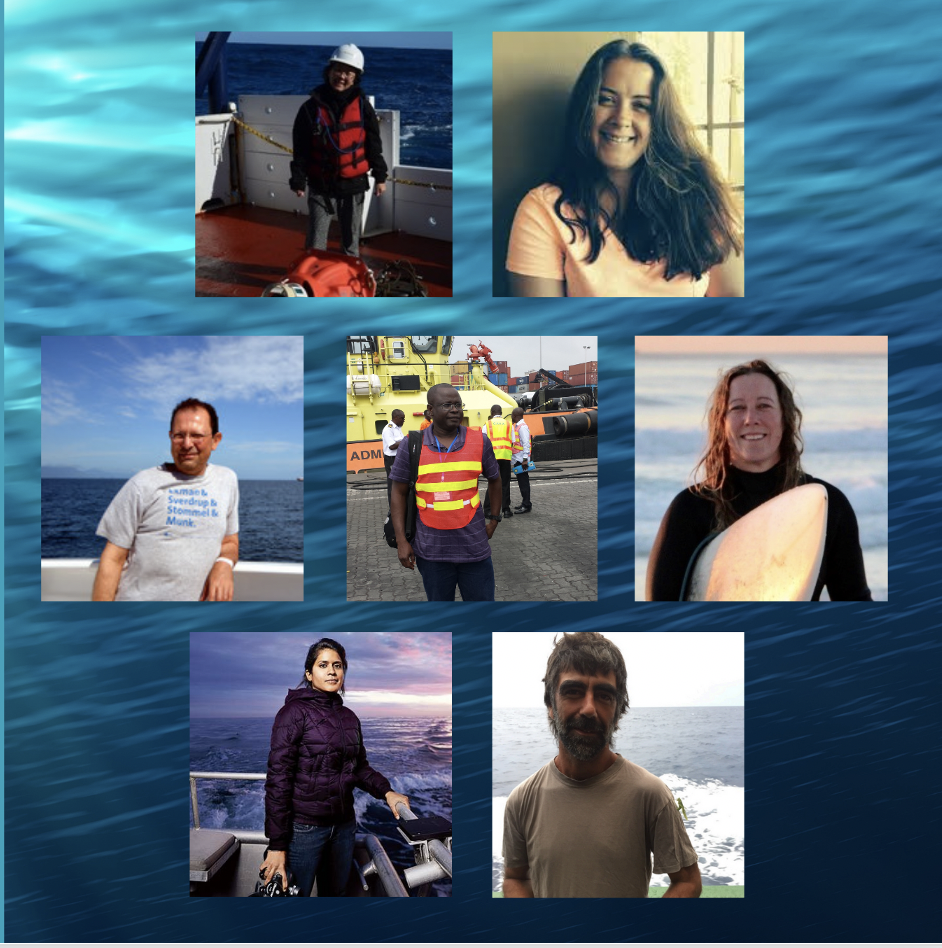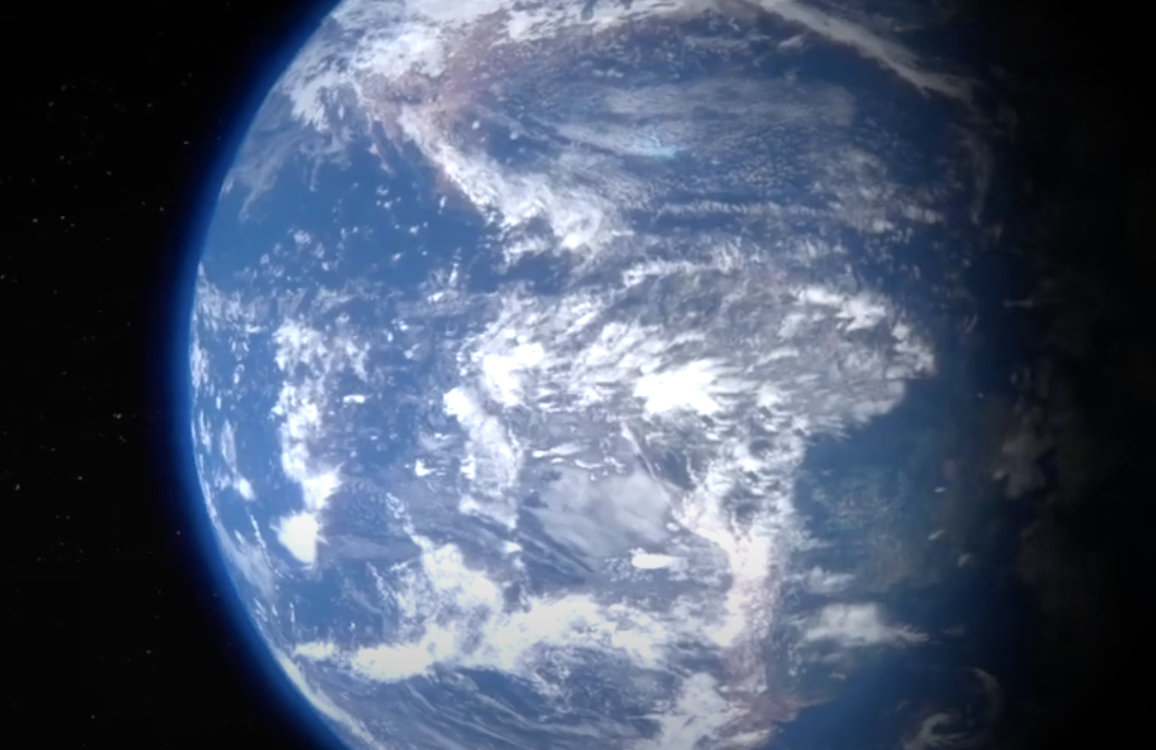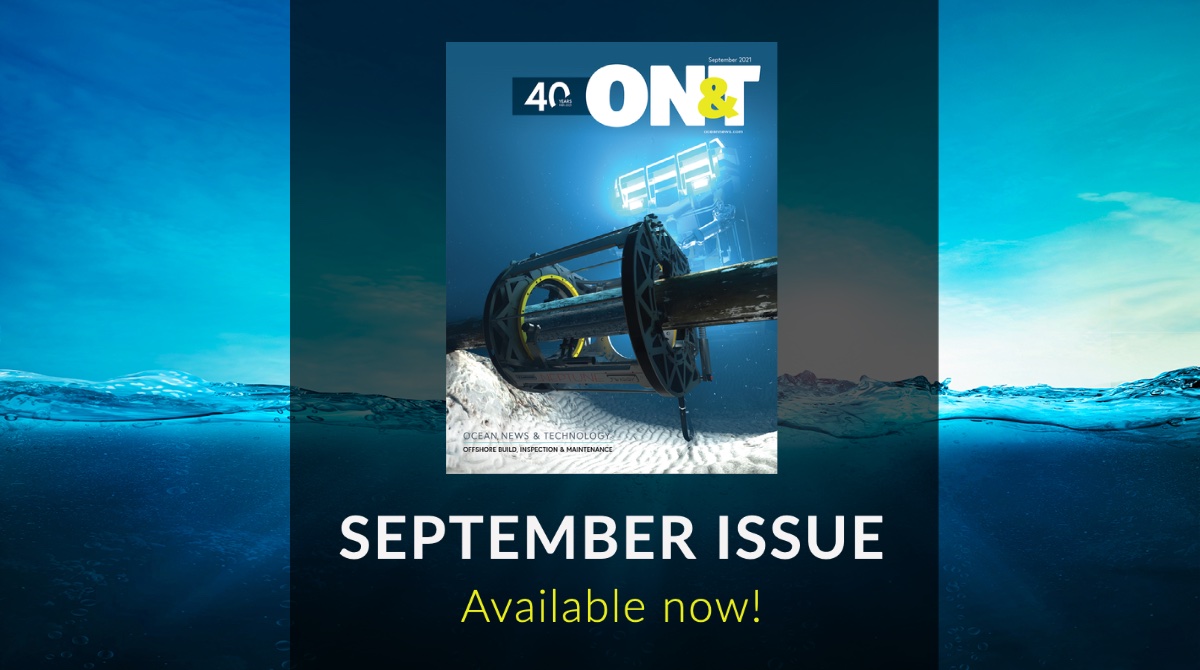Seatrec Launches Initiative to Boost Cost-Effective Seafloor Mapping
Seatrec Launches Initiative to Boost Cost-Effective Seafloor Mapping by Developing Autonomous Echosounder Float Powered by Ocean’s Temperature Differences
Project funded by Schmidt Marine Technology Partners brings seafloor mapping dream team together with transformative and sustainable tech to map the 80% of ocean bottom still uncharted at high-resolution
VISTA, Calif. (Oct. 27, 2021) – Seatrec, a renewable energy company that harvests energy from temperature differences in the environment, today launches a project to develop an autonomous echosounder float powered by clean, sustainable energy. With funding from Schmidt Marine Technology Partners, a program of the Schmidt Family Foundation founded by Wendy and Eric Schmidt, Seatrec will provide the float and power system while New Hampshire-based Airmar Technology Corporation, in collaboration with Innomar Technologie GmbH based in Germany, will provide the active acoustic echosounder for high-resolution mapping.
“Eighty percent of the seafloor has not been mapped at high-resolution - an area roughly twice the size of Mars - and covering an area that large using ships and today’s state-of-the-art autonomous platforms will cost billions of dollars,” explains Yi Chao, CEO and Founder of Seatrec. “This initiative brings together a seafloor mapping dream team with the transformative technology needed to create a sustainably powered method for mapping the ocean floor for a fraction of the cost compared to ships.”
The project is led by Larry Mayer, a professor and Director of the Center for Coastal and Ocean Mapping at the University of New Hampshire.
“The ocean’s resources are critical to supporting and sustaining all life on Earth and it’s shocking how little we know about something as fundamental as the seafloor,” observes Mayer. “It’s imperative that we develop the next generation of ocean mapping technologies to support the international community’s unprecedented effort to finally map the seafloor at high-resolution -- there’s no time to lose.”
Indeed, the world is racing to map the seafloor to help manage living resources, improve marine navigation, and guide infrastructure construction, as well as better defining the impacts of current and future human activity. The Nippon Foundation-GEBCO Seabed 2030 Project is a first-of-its-kind international effort to facilitate the complete mapping of the seafloor by 2030 and is a major contribution to the UN Decade of Ocean Science for Sustainable Development (2021-2030).
However, two critical obstacles stand in the way of success: energy and cost.
Mapping the 80% gaps of the global seafloor will cost an estimated $3B using ships burning diesel fuel and emitting carbon dioxide into the atmosphere. A robotic revolution resulted in the growing use of autonomous vehicles to reduce the cost of using ships and the associated carbon footprint. Seatrec’s technology to harvest energy from the ocean thermal energy is transformative and provides a cost-effective and sustainable solution to deploy a fleet of subsea robots at a fraction of the cost of ships.
“Mapping the seafloor provides fundamental and critical data we need to protect the health of our oceans but such a massive undertaking requires innovative and sustainable solutions from the best and brightest,” points out Erika Montague, the Chief Technologist of the Schmidt Marine Technology Partners. “This initiative provides a path forward towards better understanding and protection of our ocean.”
About Seatrec
Seatrec designs and manufactures energy harvesting systems that generate electricity from naturally occurring temperature differences in ocean waters. This renewable energy can be used to power deep water oceanographic research equipment such as floats, gliders, and Autonomous Underwater Vehicles (AUVs), resulting in the most scalable, cost-effective deep ocean data collection possible. Incorporated in 2016 by CEO, Dr. Yi Chao, Seatrec’s technology originated at NASA Jet Propulsion Laboratory, California Institute of Technology, to provide clean power for remote off-grid locations. The company is headquartered in Vista, CA. Visit us at www.seatrec.com and @seatrecinc.
Media contact
Sean Yokomizo
+1 925.878.1200
CNN: Electric robots are mapping the seafloor, Earth's last frontier
https://www.cnn.com/2021/10/26/tech/seatrec-bedrock-robot-seabed-mapping-climate-spc-hnk/index.html
Seatrec Launches Project FIND
Featured
Seatrec Launches Project FIND to Provide Underrepresented Oceanographers with World-Class, Sustainable Technology to Help Save the Ocean
Five teams of oceanographers from underrepresented communities will each receive a $75,000 Navis scientific float with SL1 energy harvesting modules + free machine learning from H2O.ai to boost their research
VISTA, Calif. (Sept. 23, 2021) – Seatrec, a renewable energy company that harvests energy from temperature differences in the environment, today launches Project FIND – Float Innovation & New Discovery – to promote equity in ocean research by providing underrepresented oceanographers with world-class, sustainable technology.
“The ocean is in crisis and we cannot afford to have the world’s best and brightest on the sidelines because they lack access to data and technology,” insists Yi Chao, Seatrec’s Founder and CEO. “We must commit to building scientific capacity and infrastructure in every continent because every coastline has a stake in the ocean’s future.”
The program is also sponsored by visionary data science and AI cloud platform provider, H2O.ai, providing five teams of oceanographers from underrepresented communities each with free access to machine-learning tools to process data from a Navis-SL1 scientific float powered by SL1 energy harvesting modules (a $75,000 value). The oceanographers were selected based on their contributions to the global understanding and preservation of the ocean.
“Ocean science is data science,” said Sri Ambati, CEO and founder of H2O.ai. “Democratizing ocean science by providing underrepresented communities with access to world-class research tools is a critical step to preserving our oceans, and ultimately unlocking the mysteries of all life. We are honored to support this important work and provide H2O.ai’s AI cloud platform for its prime purpose – AI for good.”
The oceanographers selected for Project FIND are:
Asha De Vos, a Sri Lankan scientist and National Geographic Explorer best known for her studies of blue whales.
Joseph K. Ansong, a senior math lecturer at the University of Ghana who specializes in understanding the energetics of regional/global oceanic processes.
Miguel Tenreiro, a researcher based in Mexico studying the Gulf of Mexico circulation and its impact on weather and hurricanes.
Olga Sato and Paulo Polito, lead a team from Brazil studying the South Atlantic Meridional Overturning Circulation as an indicator for changes in climate.
Tamaryn Morris and Juliet Hermes, lead a South African team focused on the Mozambique Channel and the Agulhas Current.
Seatrec’s energy harvesting system uses solid-to-liquid (SL) phase change materials to convert temperature differences into electricity in order to power profiling floats.
The Navis Autonomous Profiling Float, built by Sea-Bird Scientific, is widely used – including by Argo, the international ocean-monitoring network – for taking scientific measurements such as temperature and salinity down to 1,000 meters. The selected FIND investigators will receive a Navis float integrated with two of Seatrec’s SL1 modules that power the float using clean, renewable energy harvested from the ocean’s temperature differences.
Investigators will also have free support and access to H2O.ai’s award-winning Driverless AI platform that uses AI to deliver expert data science easier, faster, and cheaper than traditional applications.
Project FIND seeks to demonstrate the potential of SL energy harvesting to enable discovery, introduce a renewable paradigm for float operations, and provide state-of-the-art oceanographic instruments to underrepresented oceanographers.
About Seatrec
Seatrec designs and manufactures energy harvesting systems that generate electricity from naturally occurring temperature differences in ocean waters. This renewable energy can be used to power deep water oceanographic research equipment such as floats, gliders, and Autonomous Underwater Vehicles (AUVs), resulting in the most scalable, cost-effective deep ocean data collection possible. Incorporated in 2016 by CEO, Dr. Yi Chao, Seatrec’s technology originated at NASA Jet Propulsion Laboratory, California Institute of Technology, to provide clean power for remote off-grid locations. The company is headquartered in Vista, CA. Visit us at www.seatrec.com and @seatrecinc.
Media contact
Sean Yokomizo
sean@seatrec.com
+1 925.878.1200
###
EarthSci Show with Aryan Shah and Yi Chao
In this episode of the EarthSci Show, host Aryan Shah and our CEO Dr. Yi Chao, discuss the dynamics of seafloor mapping, what Seatrec does to accelerate such a process, and where he envisions Ocean Exploration and Blue technology in the decades to come.
Check out the podcast and watch the video on Youtube.



